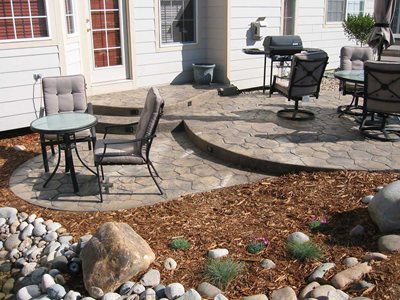
Textured concrete as we know it has been around since the 1970's. For decades, it has consistently been one of the top paving choices in many parts of the country. Stamped colored concrete came to dominate residential and commercial markets. Stamped concrete driveways, patios, and sidewalks spread like wildfire. But what makes stamped colored concrete so popular?
People have been coloring concrete for well over a century. At what point did coloring concrete turn into stamping colored concrete? In the 1950's, ground breaking contractors began using wood and aluminum forms to pattern concrete. Before long, they figured out how to texture the patterned concrete as well. However, these metal tools were heavy, unrealistic, and did not have a long lifespan. Starting in the 1970's, innovators like Brickform developed polyurethane rubber stamps that produced realistic texture time and time again. This was the first step in ensuring the popularity of stamped concrete. This allowed many contractors and architects to go beyond basic coloring concrete.
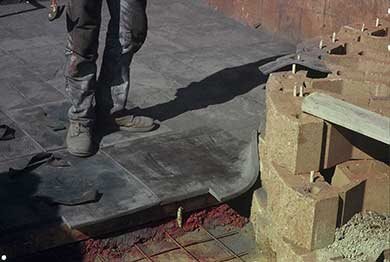
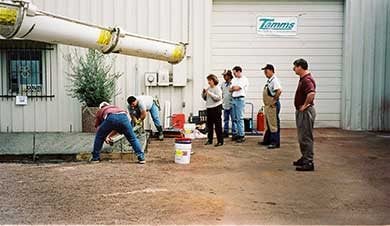
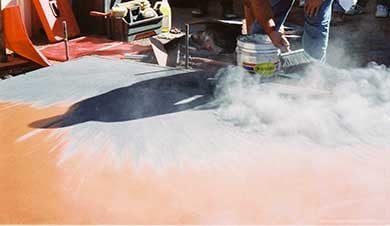
Stamped colored concrete became the paving material of choice as Southern California and the Southwest exploded with development. Throughout the world, theme parks found stamps were the perfect way to go beyond coloring concrete. By including stamped concrete in their specifications, architects found they could unlock a whole new world of design possibilities. They could emulate a wide range of natural and man made materials at a fraction of the cost.
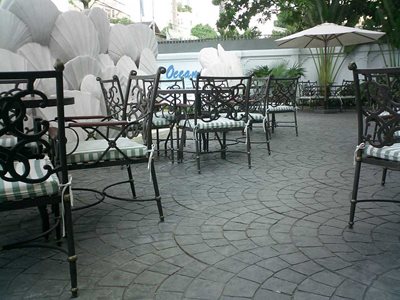
As the economy boomed and new construction spread, homeowners in many regions found they wanted more than coloring concrete. Concrete contractors began selling stamped concrete as an alternative to pavers, brick, and natural stone. Using the right textures, concrete coloring powder, and stains, craftsmen could create truly beautiful concrete patios and driveways. This concrete looked just as good as traditional materials but performed far better at a competitive cost.
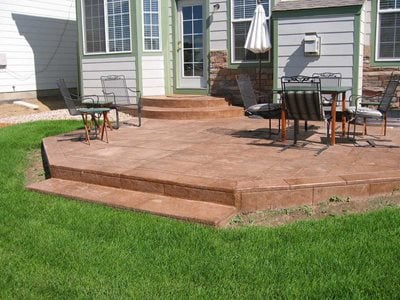
Stamped concrete has maintained popularity over the decades for many reasons. Stamping and coloring concrete is a laborious process the requires specialized tools and expertise. It is an attractive choice, however, for the following reasons:
As a design option, stamped concrete has thrived for decades. Every day, new textures and patterns are developed, giving the end user near infinite options. Combining the durability and economy of concrete with the visual appeal of stone, brick, tile, or wood, stamped concrete has historically been and continues to be a highly sought after building material.
Explore impressive concrete installations to find inspiration for your next project.
Find out how much color and fiber you'll need for any size project.